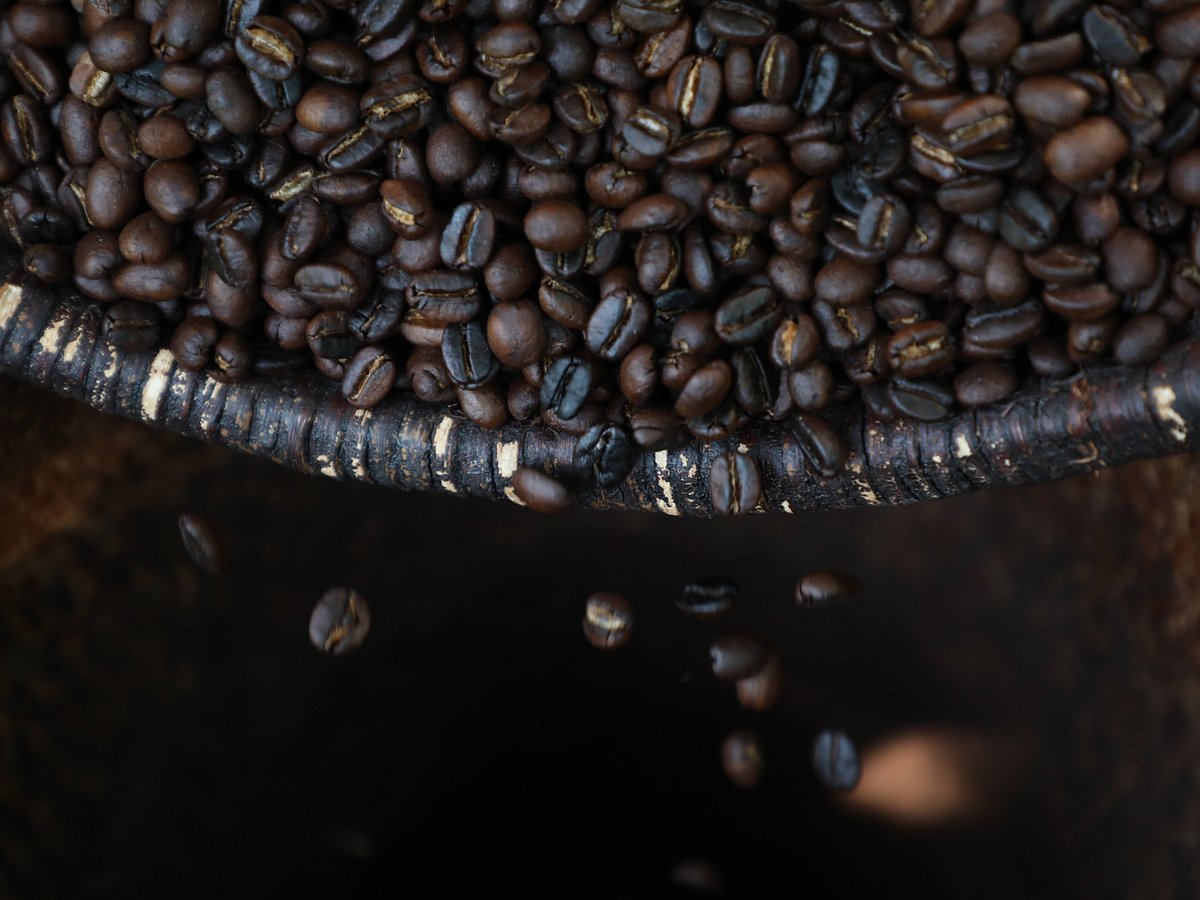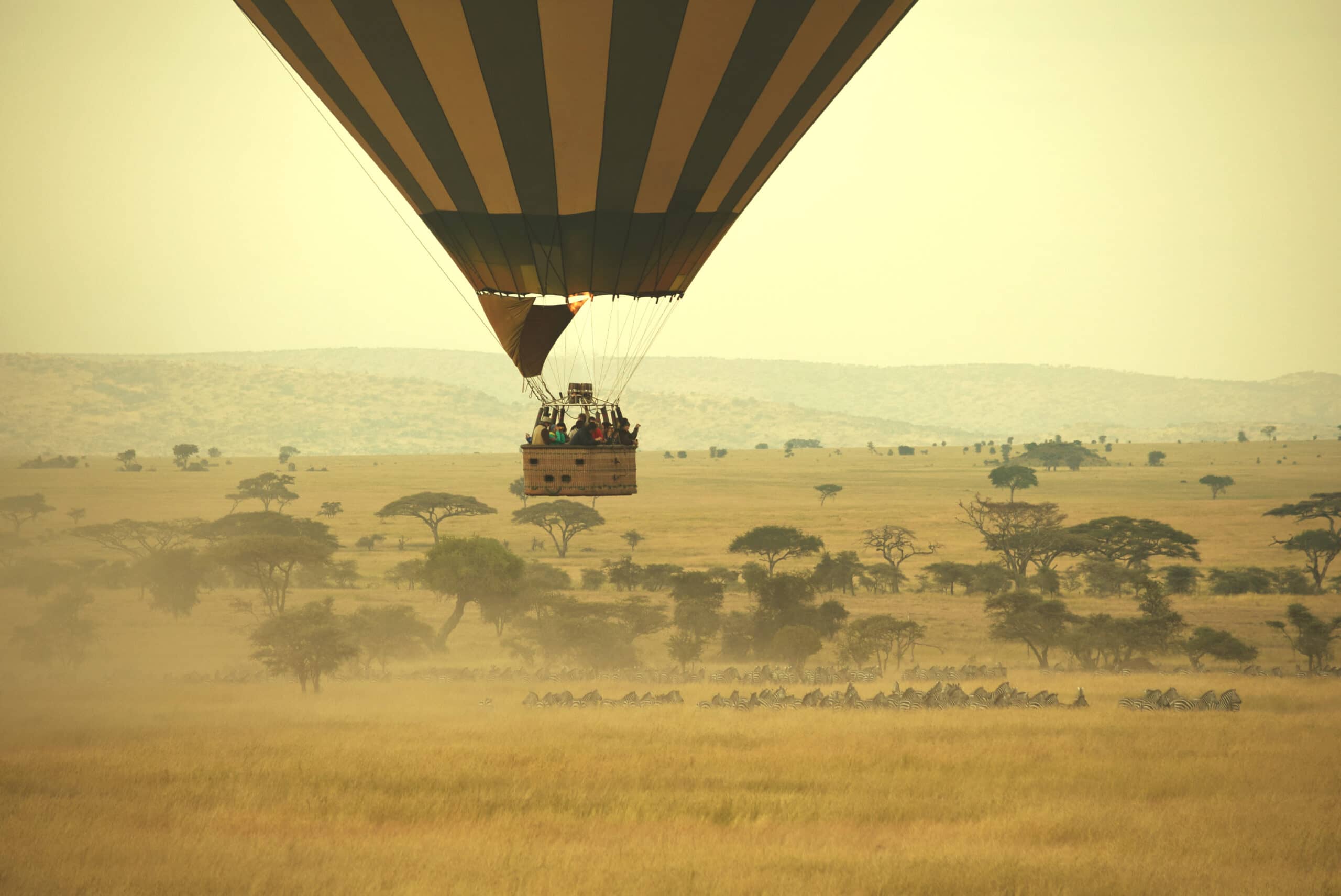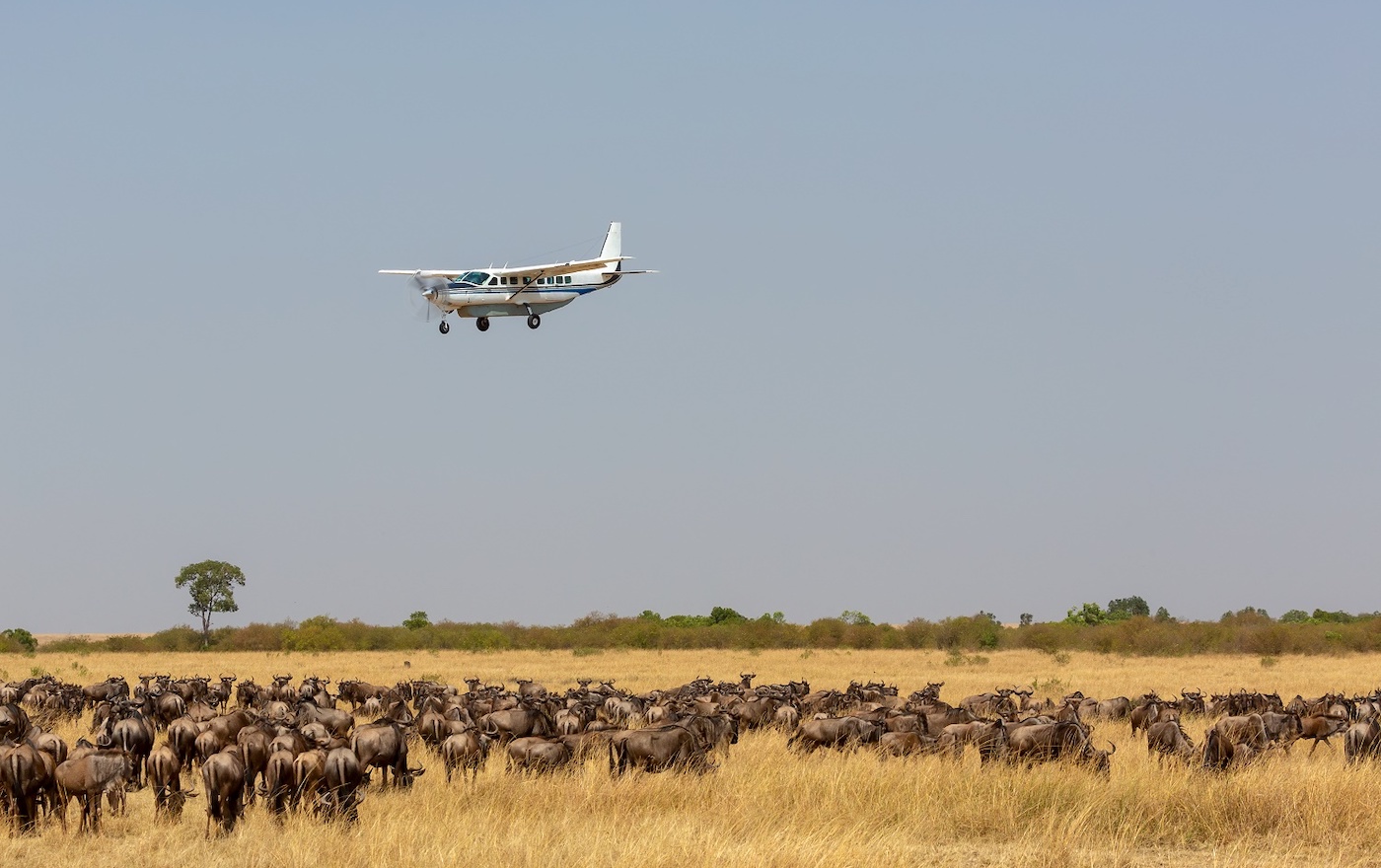7 DAYS TREK
Machame Route
Destinations.
Kilimanjaro Mountain
Mount Kilimanjaro Climb – Machame Route
The Machame Route, often called the “Whiskey Route,” is one of the most popular and scenic paths to the summit of Mount Kilimanjaro. Known for its stunning views, diverse landscapes, and high success rate due to excellent acclimatization, this 7-day trek allows climbers to experience rainforests, moorlands, alpine deserts, and glaciers before reaching Uhuru Peak (5,895m / 19,341ft), the highest point in Africa. The route involves some steep sections, including the famous Barranco Wall, but does not require technical climbing skills.
Climbers must be physically prepared and expect altitude challenges, especially on summit night. The journey follows the “climb high, sleep low” strategy, improving acclimatization and increasing the chances of a successful ascent. Below is a detailed breakdown of each day’s trek.
Highlights
- Best Route for Acclimatization – “Climb high, sleep low” principle increases success rates.
- Scenic and Varied Landscapes – Rainforest, moorland, alpine desert, and glaciers.
- Moderate to Challenging – Requires good fitness but no technical climbing skills.
- Cold Nights and High Winds – Proper layering is essential.
- Hydration & Nutrition – Drink plenty of water and eat well to maintain energy.
Itinerary
Comprehensive Travel Plan –
A detailed schedule outlining the journey.
Day 1: Machame Gate to Machame Camp
The journey begins at Machame Gate, where climbers register with the park authorities before starting the ascent. The first day’s hike takes you through a lush rainforest, characterized by tall trees, thick undergrowth, and a humid atmosphere. The well-defined trail can be muddy and slippery, especially after rain, so good trekking boots are essential. This section is home to various wildlife, including blue monkeys, colobus monkeys, and tropical birds. As you ascend, the dense forest gradually thins out, and after several hours of trekking, you arrive at Machame Camp. Nighttime temperatures drop significantly, so warm clothing is necessary.
- Elevation: 1,640m (5,380ft) → 2,835m (9,300ft)
- Distance: 11 km (7 miles)
- Hiking Time: 5–7 hours
- Terrain: Rainforest
Day 2: Machame Camp to Shira Camp
- Elevation: 2,835m (9,300ft) → 3,840m (12,600ft)
- Distance: 5 km (3 miles)
- Hiking Time: 4–6 hours
- Terrain: Moorland
The second day begins with a steep ascent, leaving the rainforest behind and entering the moorland zone. The vegetation changes dramatically, with giant lobelias and Senecio trees dotting the landscape. This is the first real challenge of the climb, as the air gets thinner, and some climbers may experience mild altitude symptoms like headaches. The Shira Plateau offers incredible panoramic views of Kilimanjaro’s peak and Mount Meru in the distance. After reaching Shira Camp, temperatures drop further, often below freezing at night, making this a much colder night than the previous one.
Day 3: Shira Camp to Barranco Camp (via Lava Tower)
- Elevation: 3,840m (12,600ft) → 4,630m (15,190ft) → 3,960m (13,000ft)
- Distance: 10 km (6 miles)
- Hiking Time: 6–8 hours
- Terrain: Alpine Desert
This day is crucial for acclimatization, as the route follows the “climb high, sleep low” principle. The trek gradually ascends to Lava Tower (4,630m / 15,190ft), a volcanic formation where altitude sickness symptoms may become more noticeable. The landscape becomes rocky and barren, resembling an alpine desert with very little vegetation. After a short break at Lava Tower, the trail descends sharply to Barranco Camp, giving your body time to adjust to lower altitudes. The camp is surrounded by the breathtaking Barranco Valley, with views of the imposing Barranco Wall, which will be climbed the next day.
Day 4: Barranco Camp to Karanga Camp
- Elevation: 3,960m (13,000ft) → 4,035m (13,250ft)
- Distance: 5 km (3 miles)
- Hiking Time: 4–5 hours
- Terrain: Rocky
The day starts with an exciting challenge: climbing the Barranco Wall, a near-vertical rock face that requires some scrambling but is not technically difficult. It takes 1–2 hours to scale the wall, and the reward is a stunning view of Kilimanjaro’s glaciers. After conquering the Barranco Wall, the trail follows a series of rolling hills, leading to Karanga Camp, where climbers rest before heading toward the final base camp. This is a shorter trek, allowing more time for recovery and acclimatization. At night, the temperature drops below freezing, and the air becomes increasingly thin.
Day 5: Karanga Camp to Barafu Camp
- Elevation: 4,035m (13,250ft) → 4,640m (15,200ft)
- Distance: 4 km (2.5 miles)
- Hiking Time: 4–5 hours
- Terrain: Alpine Desert
The ascent continues through an arid and rocky landscape toward Barafu Camp, the final stop before the summit attempt. The air is thin, making every step feel more exhausting. Barafu means “ice” in Swahili, which reflects the harsh, windy, and extremely cold conditions here. Climbers reach camp in the afternoon and are advised to rest as much as possible before the final ascent. After an early dinner, most climbers sleep by 7 PM to prepare for a midnight wake-up call for the summit push.
Day 6: Barafu Camp → Uhuru Peak → Mweka Camp
- Elevation: 4,640m (15,200ft) → 5,895m (19,341ft) → 3,100m (10,200ft)
- Distance: 17 km (10.5 miles)
- Hiking Time: 10–14 hours
- Terrain: Ice, snow, rock
The most challenging and rewarding day begins just before midnight. Climbers set out in freezing temperatures (-20°C / -4°F), using headlamps to navigate the steep and slow climb to Stella Point (5,756m). This section is both mentally and physically exhausting, requiring strong determination. After Stella Point, a final push leads to Uhuru Peak (5,895m), the highest point in Africa. Reaching the summit at sunrise offers breathtaking views of glaciers, the crater, and the vast landscape below.
After celebrating and taking photos, the descent begins. Climbers return to Barafu Camp for a short rest before continuing down to Mweka Camp, where the air is richer in oxygen and the temperature is much warmer.
Day 7: Mweka Camp to Mweka Gate
- Elevation: 3,100m (10,200ft) → 1,640m (5,380ft)
- Distance: 10 km (6 miles)
- Hiking Time: 3–4 hours
- Terrain: Rainforest
The final day is a relaxed descent through the rainforest, where the air becomes warmer and more humid. Climbers often feel refreshed and energized after conquering the summit. Upon reaching Mweka Gate, climbers receive their summit certificates, marking the successful completion of the Kilimanjaro climb. From here, they are transferred back to Arusha or Moshi for celebrations and much-needed rest.






